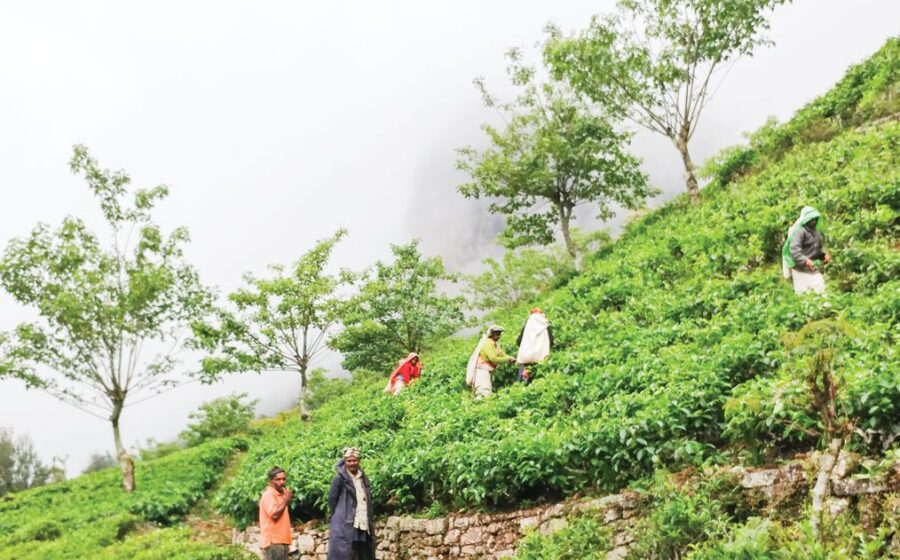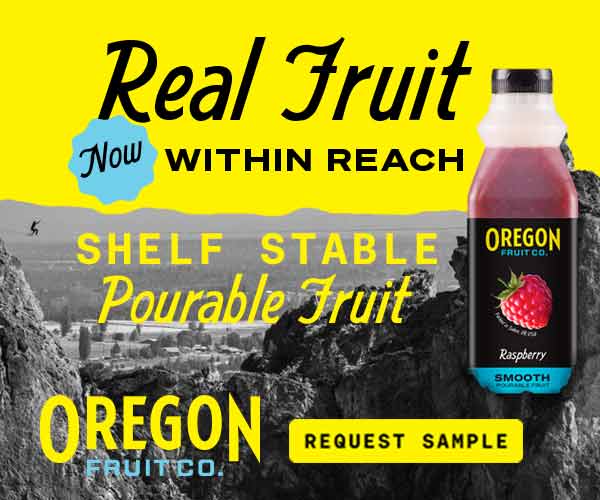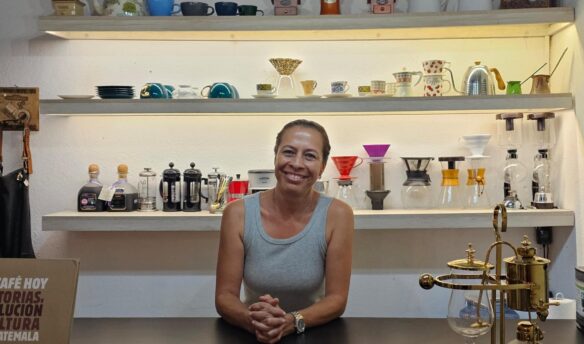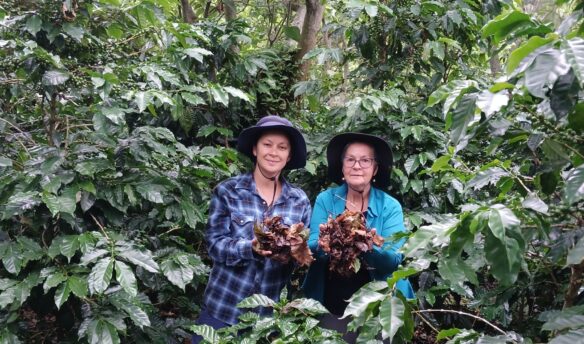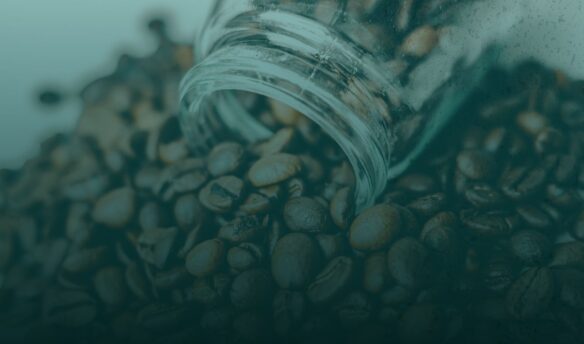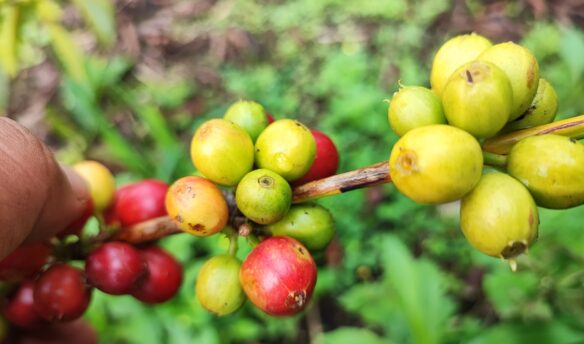[S]ri Lanka celebrates the 150th anniversary of Ceylon tea this year. This beautiful island country, formerly known by its colonial name of Ceylon, is home to hundreds of tea estates.
On this island located off the southern tip of India, the weather is beautiful year-round and attracts both tourists and tea industry pros. Now that I have been there, I can almost taste the terroir, the indigenous fruits, and picture the beautiful weather in every delicious sip of tea from each of the seven specialty tea growing regions of Sri Lanka.
The climate is tea-friendly all year and provides two distinct plucking periods, which differs slightly from other tea growing countries. The quality standards for all teas exported from the country are regulated by the Sri Lanka Tea Board.
While there is organically grown tea in Sri Lanka, conventionally grown teas must also pass the board’s stringent rules on chemical content—which has given the country a strong reputation for “clean” tea. The Ceylon tea industry emphasizes environmentally responsible, sustainable, ozone-friendly practices, and their efforts to produce high-quality, clean tea are evident through testing.
Working in the tea industry, you immerse yourself into learning about the farmers, manufacturing processes, best handling of your products, and sales techniques. But making a trip to origin connects you to tea in a more profound way. After spending time in Sri Lanka, I’m smitten.
Personal exploration and study through tasting is important for understanding the variety of flavor profiles of the seven regions of Ceylon tea. Based on many factors including terroir, low-grown, mid-grown, and high-grown teas each possess distinct flavor characteristics.
Some teas are best with milk and sugar while other lighter teas are best on their own. The regions are often mentioned in packaging to define their distinct flavor, color, and aroma.
To qualify for the special, legal distinction of Ceylon tea, and to use the representative lion logo that goes with it, the tea must not only be grown, manufactured, and packed entirely in Sri Lanka, it must also conform to strict quality standards and cannot be mixed or blended with tea from any other part of the world. Overseas importers and distributors cannot use the logo on their packaging, but if the contents are 100 percent Sri Lankan, the name Ceylon tea may be used.
Sri Lanka is seeking more growth in the US market, specifically through smaller tea houses—those who specialize in tea, have a depth of knowledge about tea, and have a strong appreciation for high quality tea. For consumers, purchasing through small tea houses will offer more ways to enjoy the many varieties of Ceylon tea and opportunities to build an appreciation for it as one of the cleanest teas available on the market.
Learn more about the 150th anniversary of Ceylon tea and special events planned throughout the year, and search for exporters and brokers through the Sri Lanka Tea Board website.
TEA TASTING
Established in 1976, the Sri Lanka Tea Board regulates the quality and sets standards of all tea exported from Sri Lanka through testing and certification. The board also promotes Ceylon tea all over the world, including in the United States.
The divisions responsible for testing include:
1) The Tea Tasting Unit, which examines samples provided by traders, exporters, and others to ensure their quality meets the standards necessary to qualify them for the famous lion logo that identifies pure Ceylon tea. The unit is made up of a panel of expert independent tasters.
2) The Analytical Laboratory, which tests and certifies tea samples in terms of chemical, pesticide, and microbial standards.
*Most black tea in Sri Lanka is manufactured in the traditional method using machines to mimic age-old by-hand methods. Each batch is withered and then put into rollers that bruise and shape the tea prior to oxidation. The leaf is then heated to halt the process. Orthodox tea manufacturing preserves the integrity and full flavor of the leaf. This method is more expensive and time consuming compared to the cut-tear-curl process of manufacturing.
—Gail Gastelu is the owner and publisher of the Tea House Times.



